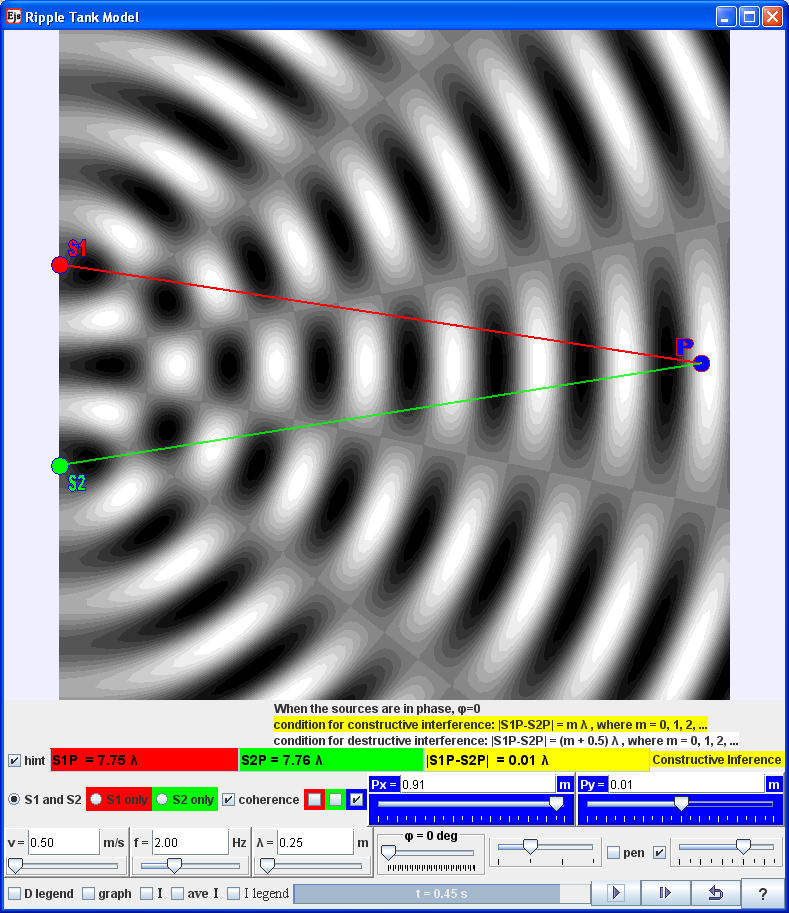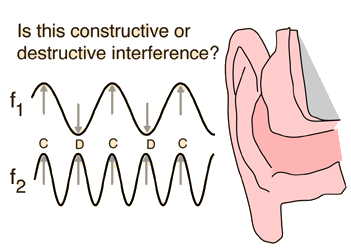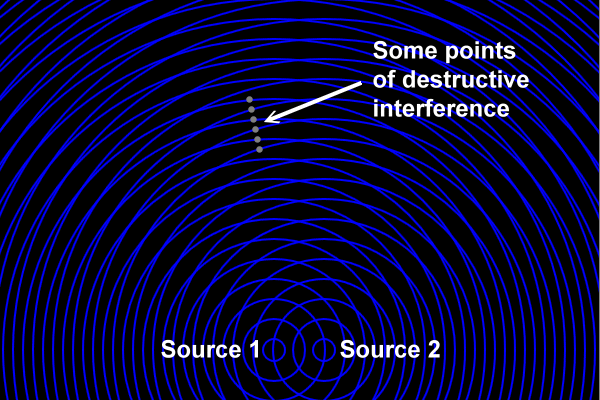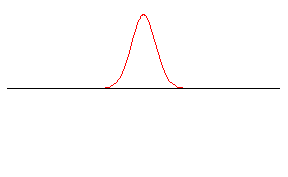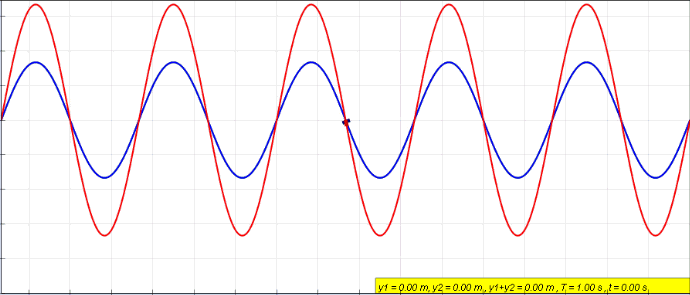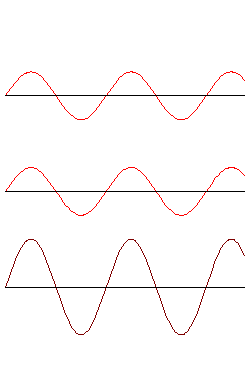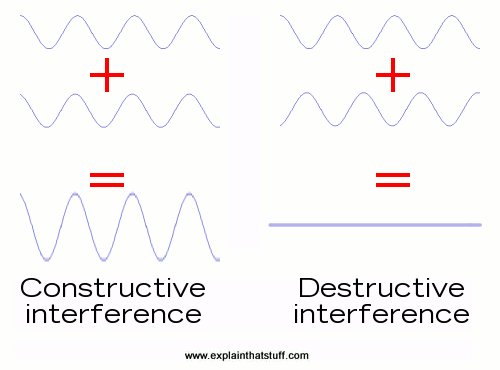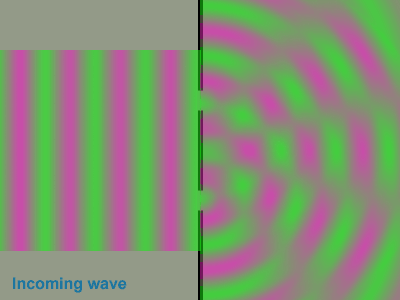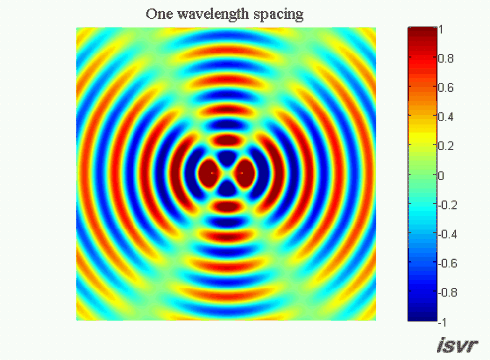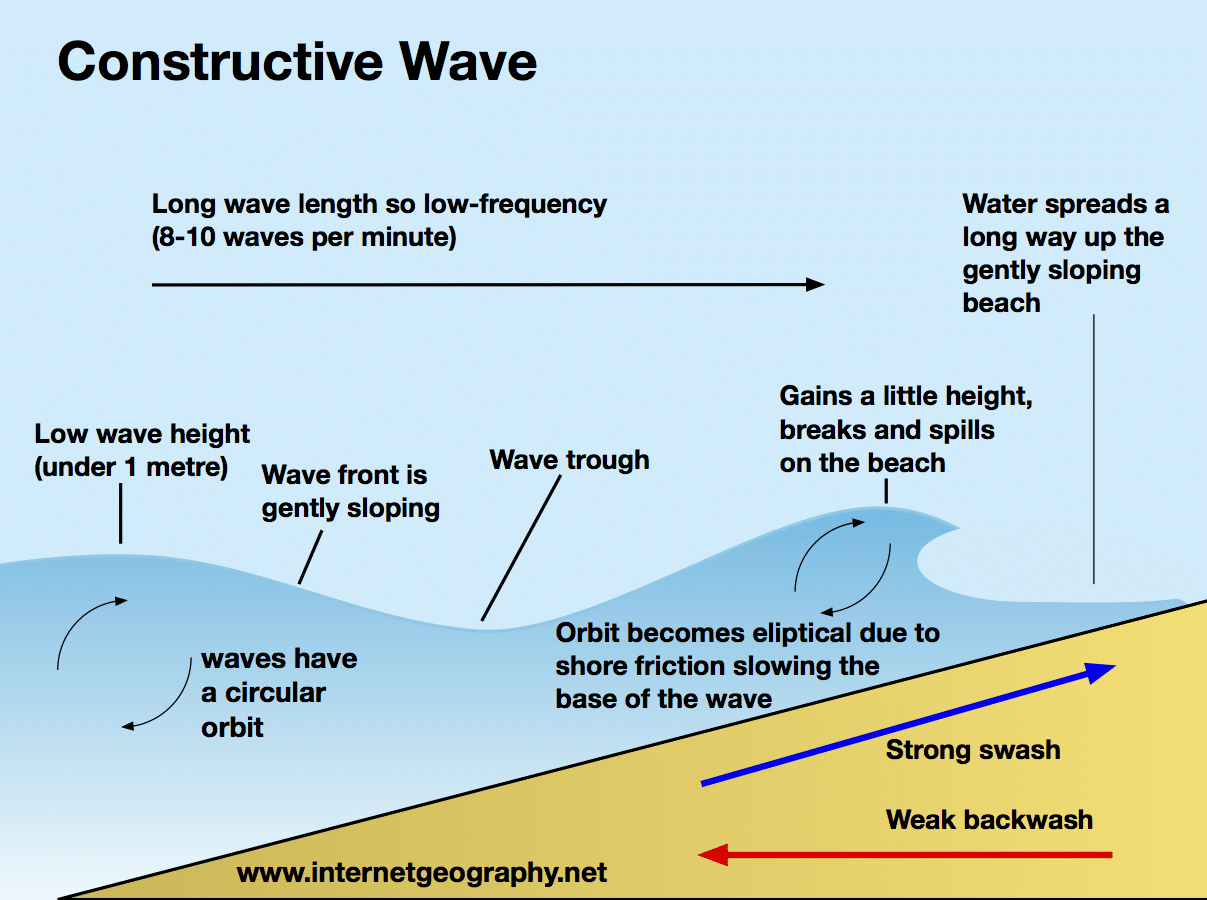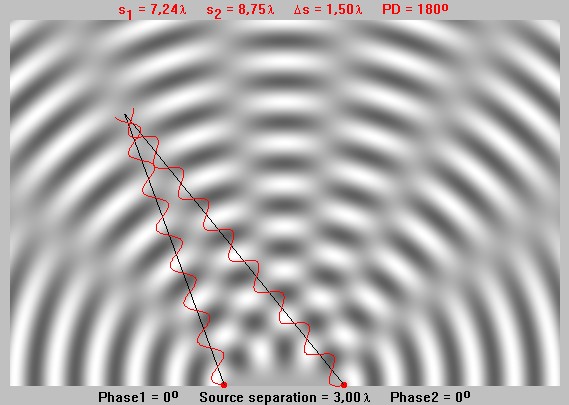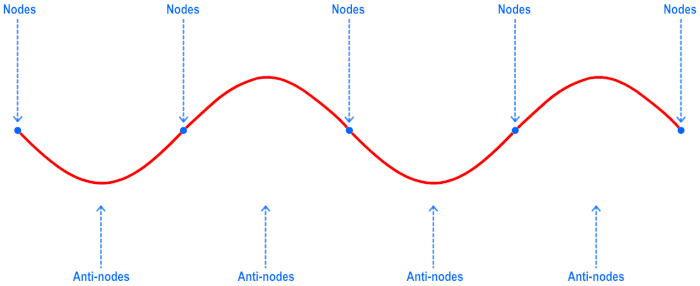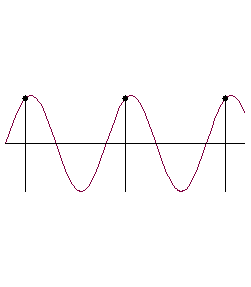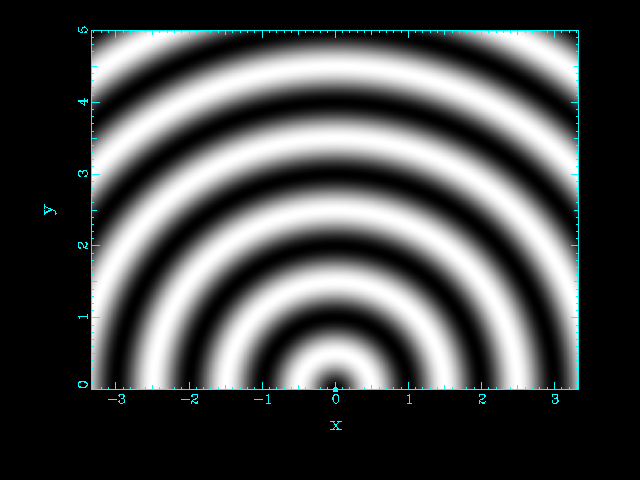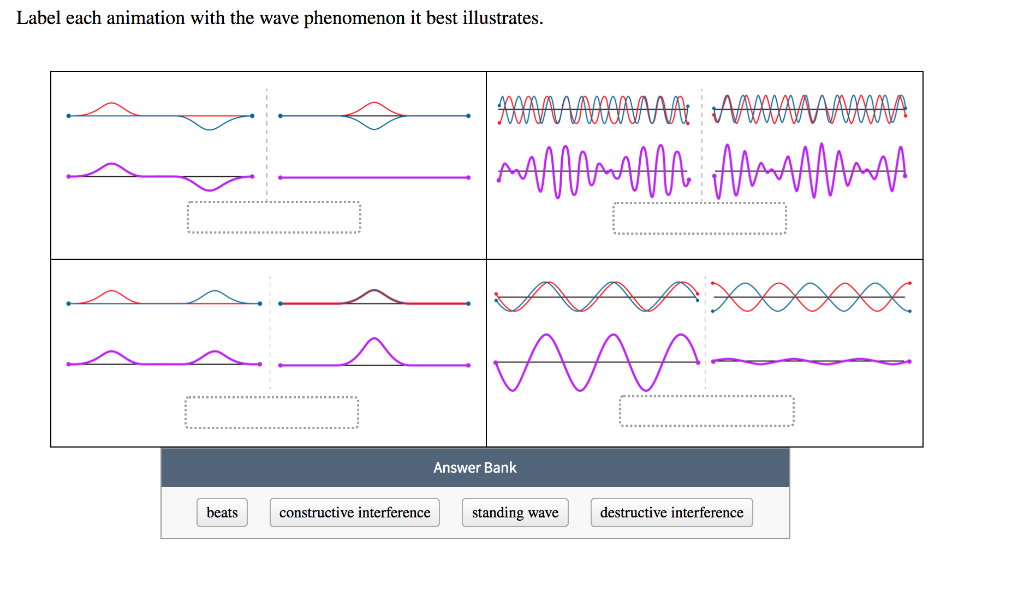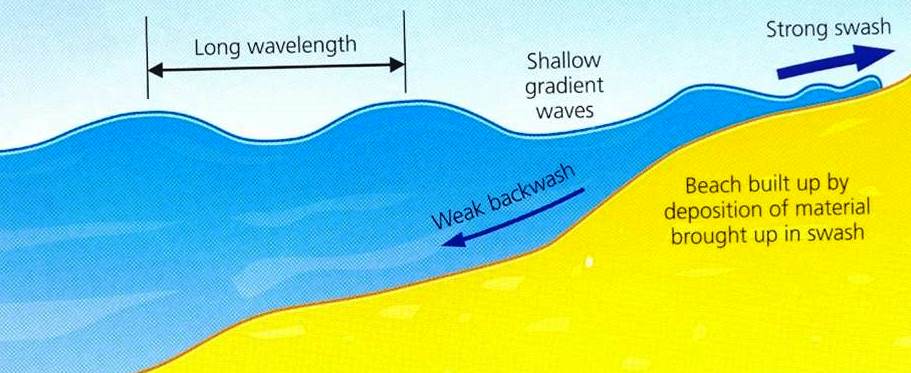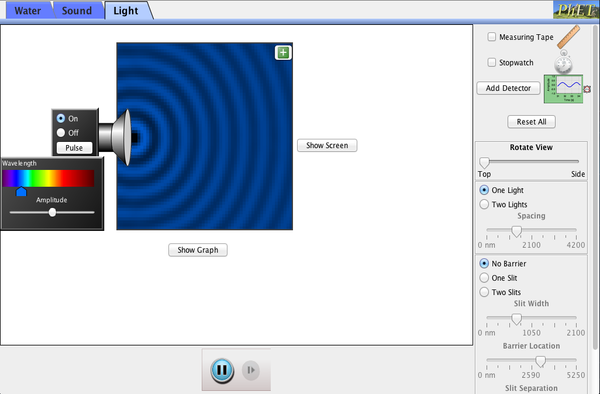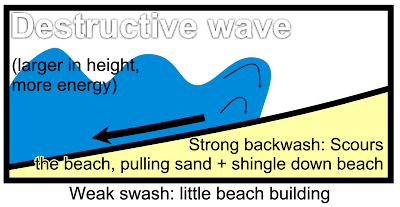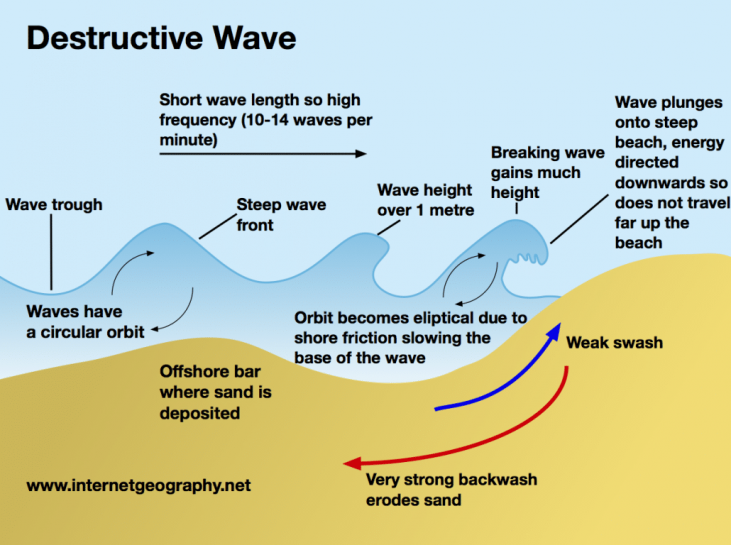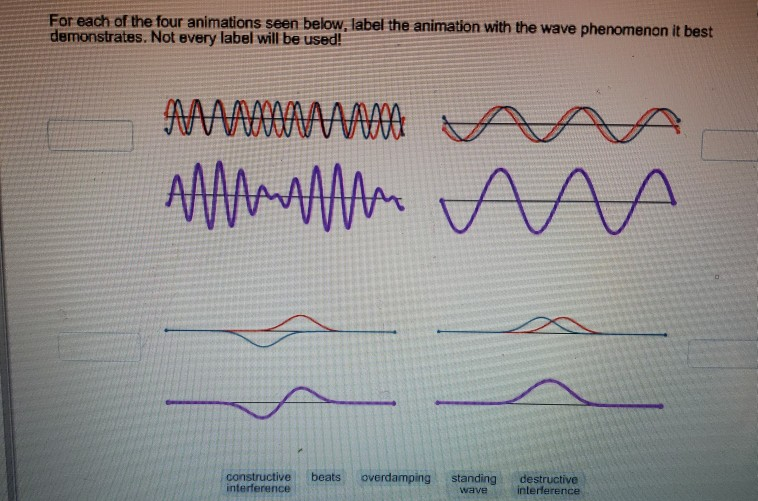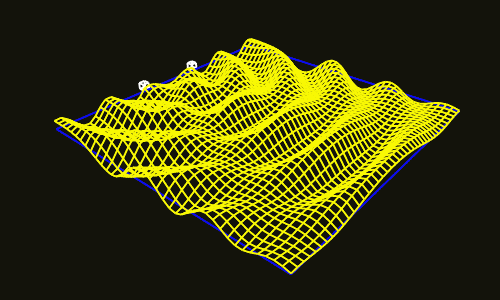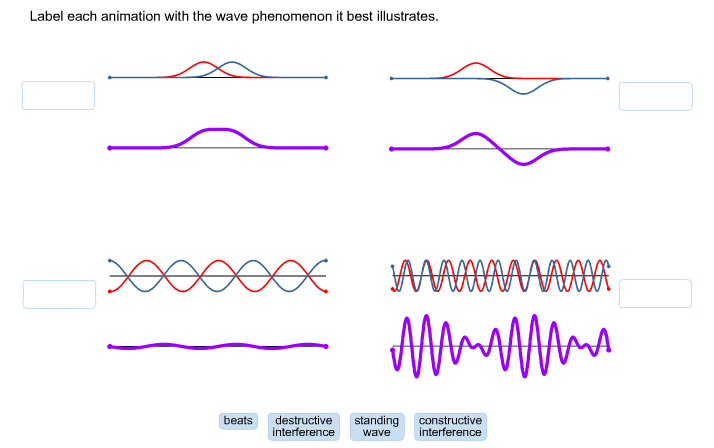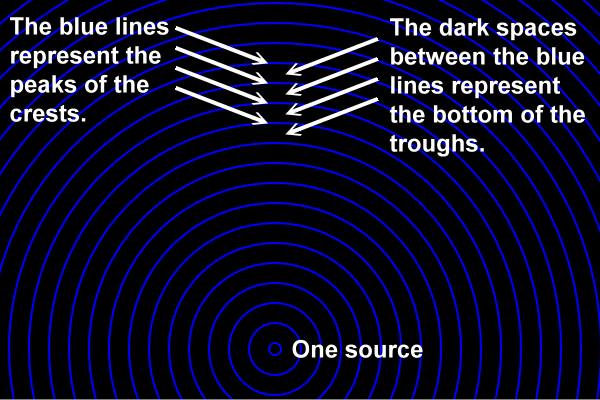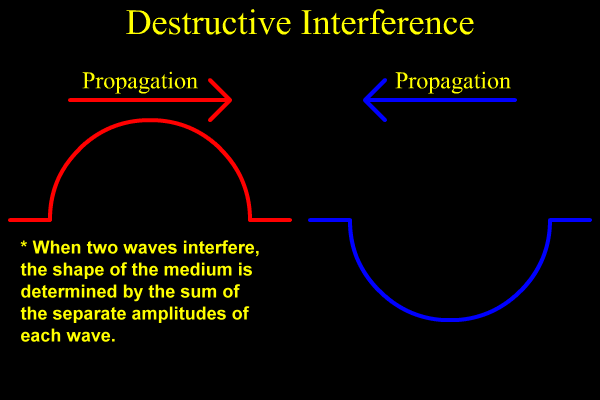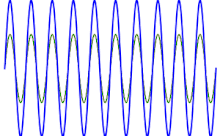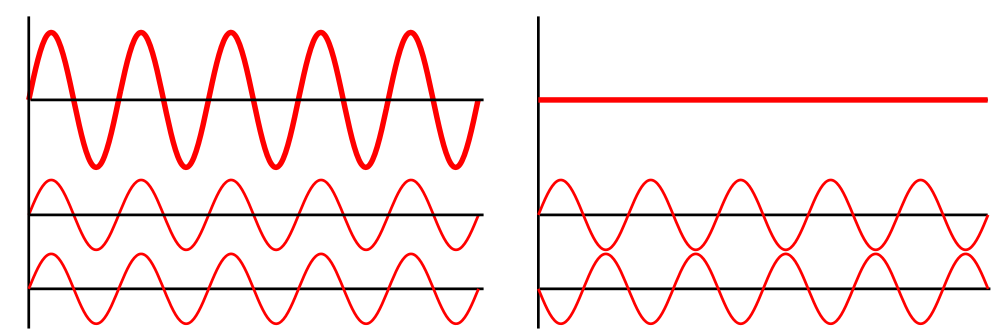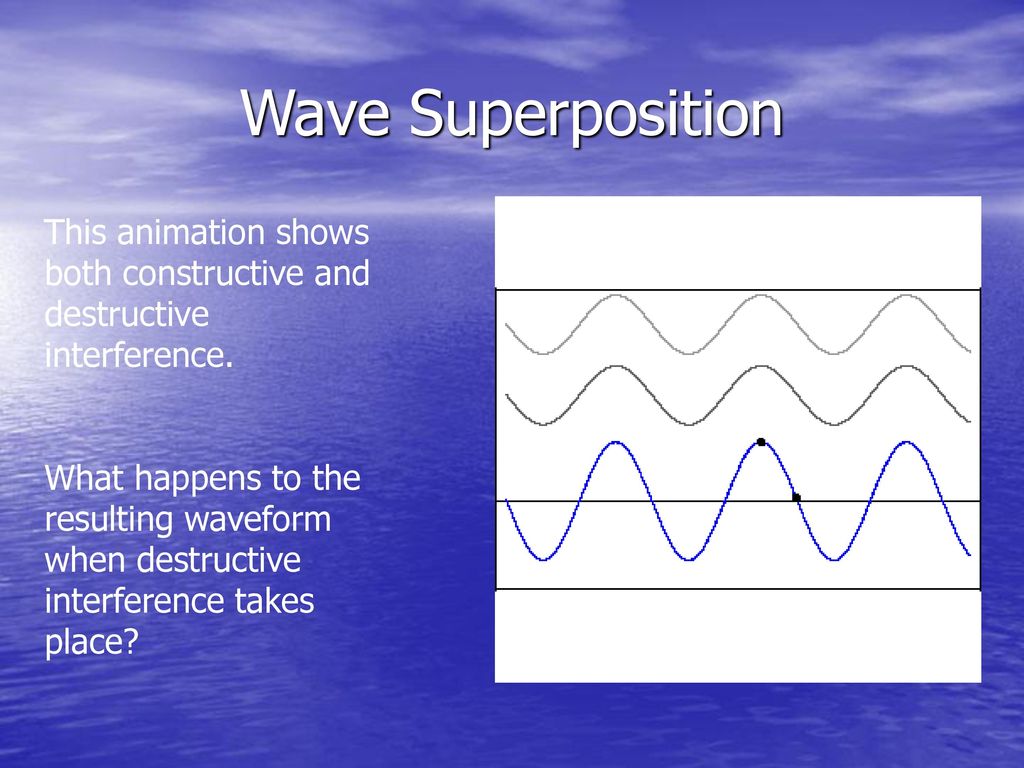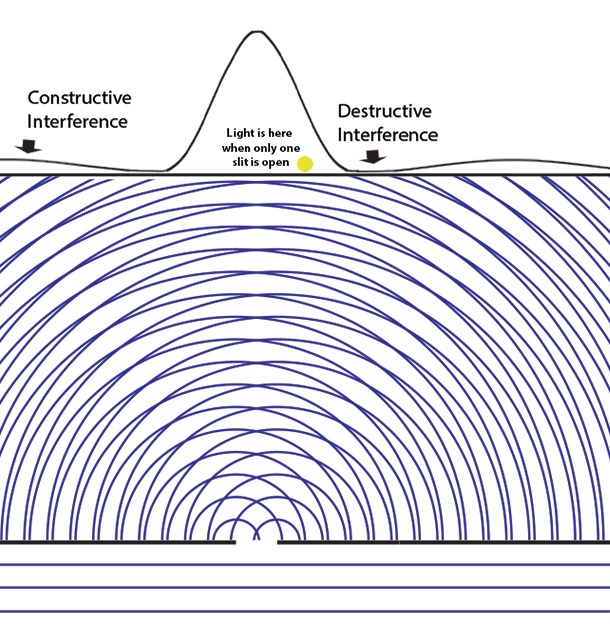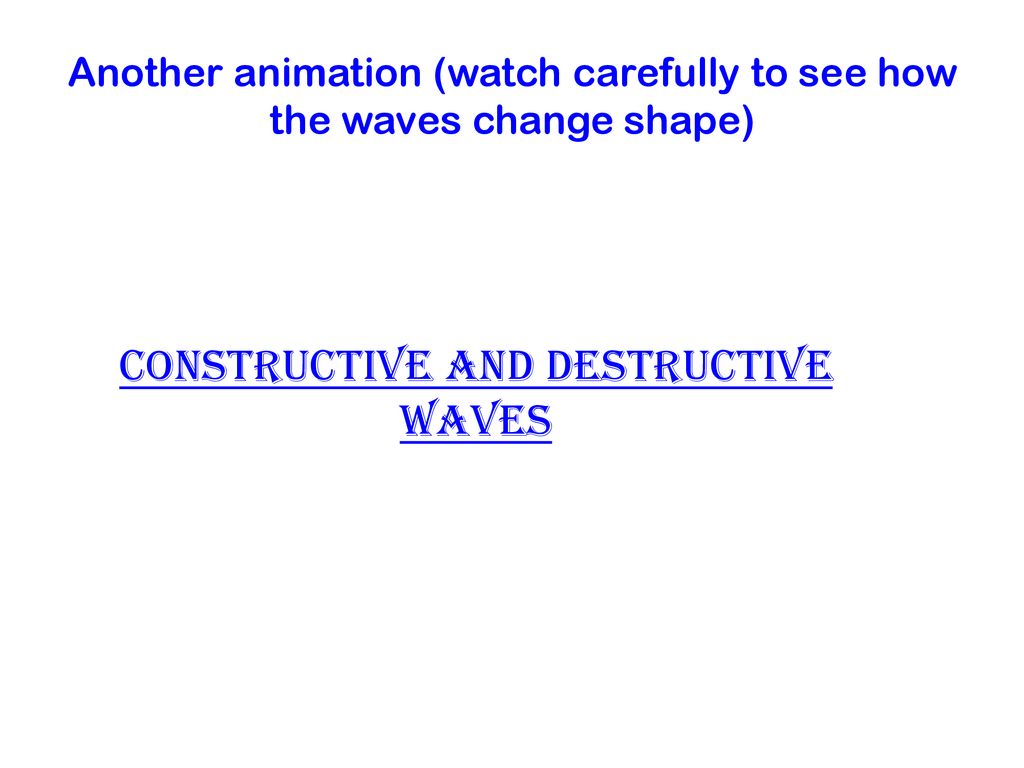Constructive And Destructive Waves Animation
Animations showing phase relations for reflections air to glass and glass to air.
Constructive and destructive waves animation. Two pulses meeting constructive and destructive interference beats formation of a standing wave. Y x t y m sin kx wt y m sin kx wt 2 y m cos 2 sin kx wt 2. Then the water runs back down the beach this is called the backwash. Medium motion in a transverse traveling wave sinusoidal water wave spreading from a center.
When a wave breaks water is washed up the beach this is called the swash. Interference colours in soap bubbles. Longitudinal and transverse pulses superposition of waves. Thin film interference and reflections reflections and phase differences.
Constructive vs destructive waves. So when two waves combine and form a wave bigger than they were before we call it constructive interference. Using the principle of superposition the resulting wave displacement may be written as. Constructive interference occurs when the phase difference between the waves is an even multiple of p 1800 whereas destructive interference occurs when the difference is an odd multiple of pif the difference between the phases is intermediate between these two extremes then the magnitude of the displacement of the summed waves lies between the minimum and maximum values.
Find out how they contribute to transport erosion and deposition. Constructive waves and destructive waves are two concepts widely discussed in waves and vibrations. The phases of reflection and transmission at interfaces in one dimension. What is a wave.
There are constructive and destructive waves. Constructive and destructive interference. We call this constructive interference because the two waves combined to construct a wave that was twice as big as the original wave. A constructive wave is the phenomenon where two waves interfere so that the resulting amplitude is greater than the amplitude of each individual wave.
Transverse and longitudinal waves.






